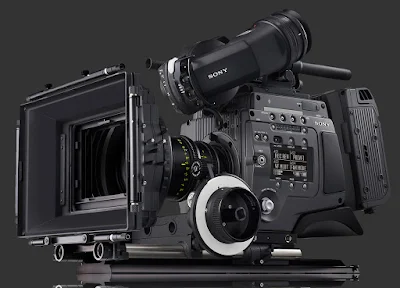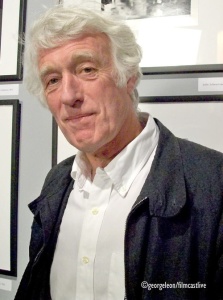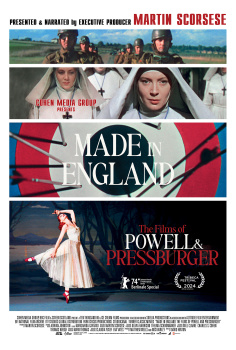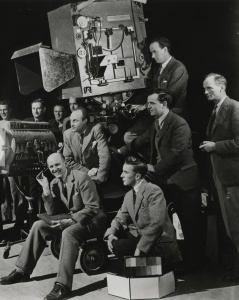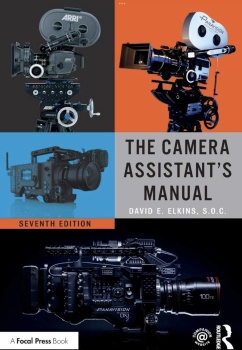By George Leon
SONY OPENS THE DIGITAL MOTION PICTURE CENTER
Last night, Sony showcased The Digital Motion Picture Center to a selected group of film industry guests, which officially opens to the production community in general on May 1 and is located on stage 7 at Sony Picture Studios lot in Culver City. The center offer services for the Sony’s F65 4K digital cinematography camera, including training, which began shipping to customers in January. In addition to the F65, the Center will offer training and education for film and television production on a range of Sony's Super 35mm digital systems, including the PMW-F3 camcorder and others.
Sony CineAlta F65
"This will be a place for the Hollywood production community to share experiences with their peers and help make the transition from 35mm film to digital production as seamless as possible," explained Alec Shapiro, PSA senior VP, in a statement. (pictured below to the left) "Here, on one stage, filmmakers and other content creators can shoot 4K pictures, process them through a 4K workflow on site at ColorWorks and view the results on a 4K projector."
Shapiro, who is also assuming responsibilities as president of the Sony DMPC, added that the extensive expertise of the professionals on the Sony Pictures Studios lot will be invaluable in launching this breakthrough camera with its unprecedented 8K image sensor. "Critical to our future success is listening to the industry for their ideas and input to further advance the state of the art in digital production," he said. "This new Center will offer those capabilities on a level unmatched by any other facility in the world."
Frame from El Dorado. (distortion due to my sitting position)
Curtis Clark, ASC, chairman of the ASC Technology Committee, oversees the center’s educational and training activities. Clark wrote and directed "The Arrival", the first short shot with the F65, and he is in post production on "El Dorado", another short film showcasing the the capabilities of the F65 that will debut next month at the NAB Show.
Frame from El Dorado. (distortion due to my sitting position)
"The F65 will change our industry," said Curtis. "We can shoot with this camera as we do with film. Since cinematographers and directors have decades of experience with shooting film, they know its capabilities and what they can expect from post finishing. With its 16-bit color and 4K spatial resolution, the F65 expands on these capabilities. This Center will help everyone become familiar with the tremendous potential of this new system and the workflow that supports it."
Frame from El Dorado. (distortion due to my sitting position)
After watching the beautifully shot and almost 3D looking teaser of El Dorado showcased at Sony's ColorWorks, I should add that the F65 has acquisition capabilities unseen before in any other large sensor camera used for feature film-making. The clarity and detail presented in the image is unprecedented along with the resolution and high dynamic range revealing nuances hidden in between the shades of gray rendering an accurate and pleasant color of the image on the screen, in other words, you can see every single detail and texture within the line of focus and beyond. But the most surprising morsel of the showcase, besides of the allegoric storytelling and the beautiful photography, was the sensation inside my brain of interocular delay and visual motion hypersensitivity which is what you feel while watching a 3D produced film.
Frame from El Dorado. (distortion due to my sitting position)
I asked Curtis about what he did to recreate so vividly a 3D imagery in a 2D sensor camera, and he said that it was a combination of several elements such as the high dynamic range and resolution of the camera sensor, combined with the right lens, optimal illumination for the scene and an appropriate camera placement and movement. The narrative and the scenes of El Dorado where treated by Curtis in a dreamy and allegoric manner, framing the 3D effect very appropriately. The short will premiere this April at the NAB convention in Las Vegas and it will certainly produce a definitive reaction to all viewers.
In addition to the F65, the Center will offer training and education for film and television production on Sony's range of Super 35mm digital systems, including the PMW-F3 camcorder and others. To help Sony keep the DMPC relevant to the needs of the production community, an industry advisory board has been selected. Members include: Ray Feeney, AMPAS Chair of IIF (ACES) project; Michael Goi, President, American Society of Cinematographers; Tom Walsh, President, Art Directors Guild; Hawk Koch, President, Producers Guild of America; Elizabeth Daley, Dean of USC School of Cinematic Arts; Steven Poster, President, International Cinematographers Guild; Leon Silverman, President, Hollywood Post Alliance; Gary Martin, President, Production Administration, Sony Pictures; and Curtis Clark, ASC.
Sony also plans to make the DMPC available to local rental companies and resellers to conduct training for their respective customers as well as 3rd party workflow partners including: Assimilate, Avid, Blackmagic, Codex, ColorFront, FilmLight, MTI Film and YoYotta.

